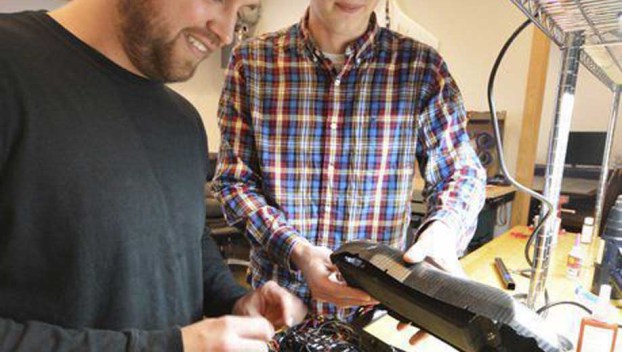
Cnhi Network
Michigan drone company specializes in confined spaces
Workers around the globe climb into confined places every day — and a few of them don't make ... Read more

Workers around the globe climb into confined places every day — and a few of them don't make ... Read more